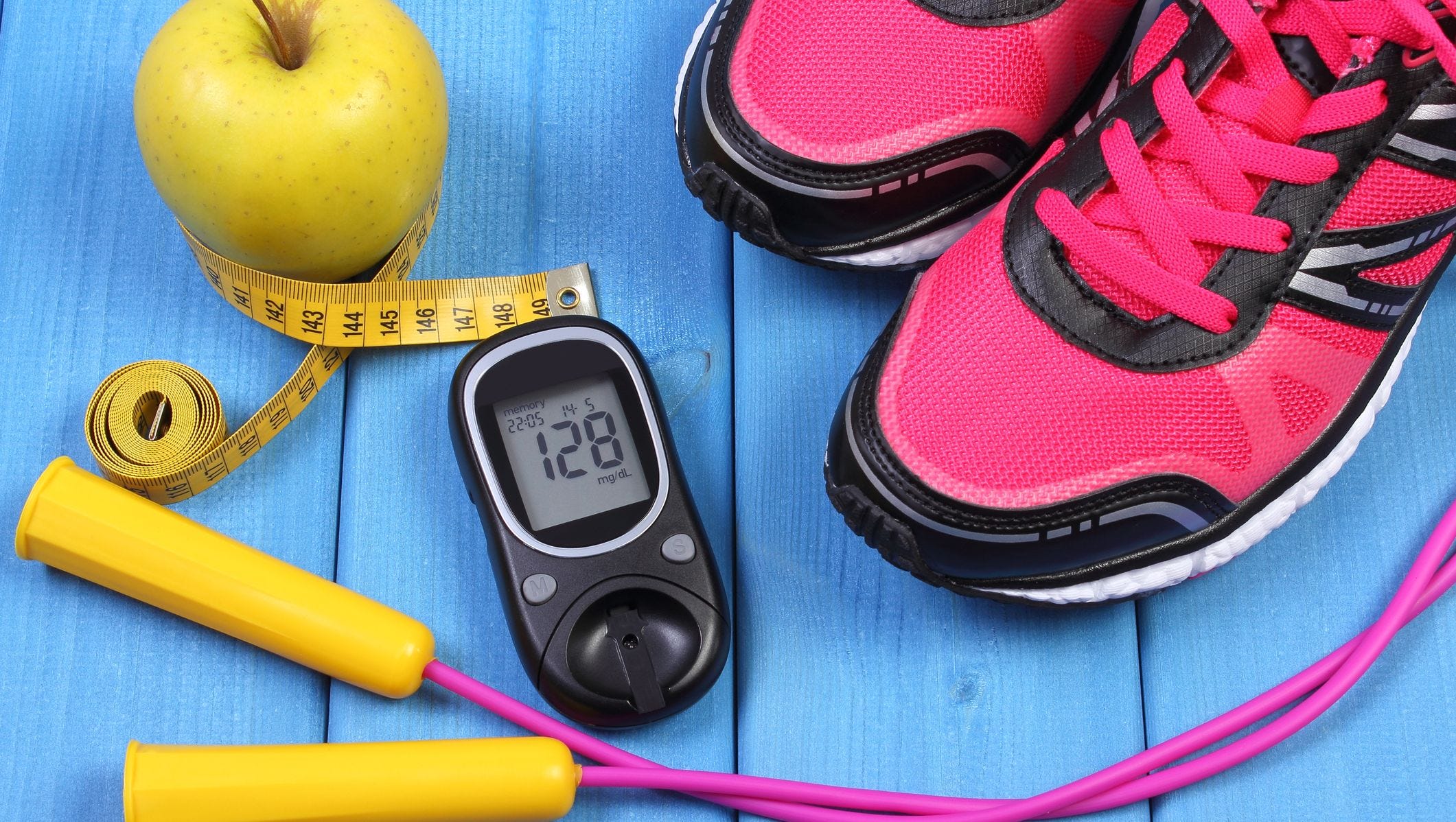
Exercise precautions are recommended to help people with diabetes mellitus to prevent problems caused by irrational exercise choices.
Hypoglycemia can occur during exercise in persons who take glucose-lowering drugs, in the following situations:
-
Consume much less amounts of carbohydrates (fruit, milk and starch) than it is required for the exercise.
-
Taking the glucose-lowering drugs more than it is required for the chosen exercise.
-
The combined effect of the above items.
Those who do not take the glucose-lowering drugs do not need to take these precautions. But these persons should drink plenty of water before, during and after exercise to keep their body well hydrated.
Exercise and precautions for taking insulin or oral diabetes medication
If your blood sugar level is less than 5.5 mmol /L (100 mg /dl) before exercise, eat a carbohydrate-based snack before you start exercising.
If your blood sugar level is higher than 5.5 mmol /L (100 mg /dl) before exercise, you may not need to eat a carbohydrate-based snack before a light exercise; although, you may need extra carbohydrates during/after the exercise.
For long-term or high-intensity exercise sessions, consider snacks with higher carbohydrates during the exercise. It is recommended to get extra carbohydrates every 30 to 60 minutes of exercise (for example, football, walking, cycling, skating and etc.).
If your blood sugar become too low and the symptoms of hypoglycemia occur during exercise, eat a fast-digesting carbohydrate-based food such as glucose tablets.
Exercise and complications of diabetes
Heart diseases
People with heart diseases should consult their doctor before starting an exercise-diet.
People with heart diseases are advised to avoid strenuous activities such as lifting weights or exercises which can lead to chest pain.
Complications related to the legs
Since most exercises are done in standing position, it is important to wear the appropriate shoes. Feet problems can occur when shoes are inappropriate, or when socks are not worn, or when pressure is applied to the feet.
Diabetic neuropathy
Diabetic neuropathy can damage to the nerves and thus reduce the ability of feeling pain, heat or cold, especially in feet. This can lead to foot injuries during exercise. If you have diabetic neuropathy, do lighter exercises or train with moderate weights. If you are looking for fitness, use the appropriate shoes. Include some balance exercises in your fitness program, since diabetic neuropathy affects on the balance.
Diabetic retinopathy
Diabetic retinopathy can damage blood vessels in the posterior side of the eyes and lead to visual defects. If the diabetes mellitus prolongs for years, the risk of diabetic retinopathy development becomes higher. In this cases, exercises that increase the inside pressure of the eyes must be avoided, such as lifting and bending too hard. The best sports choices in diabetic retinopathy include slow and continuous exercises, such as cycling, walking, swimming or other gentle sports.
Exercise and pregnancy in diabetes
Exercise reduces the risk of complications during pregnancy, including the risk of gestational diabetes. For women with diabetes or those at risk of gestational diabetes, 20 to 30 minutes of exercise per day or most days of the week is recommended. Women with gestational diabetes should concern their blood sugar after exercise and be sure to follow their doctor's advices on insulin and carbohydrate diets.




